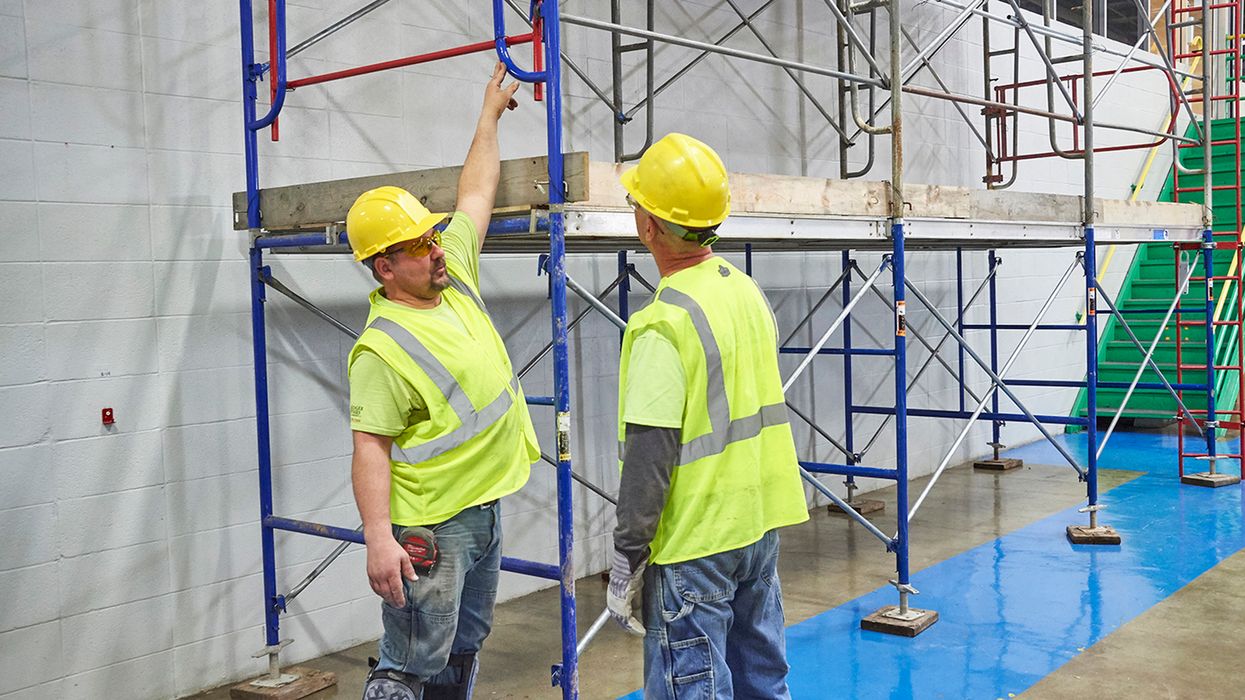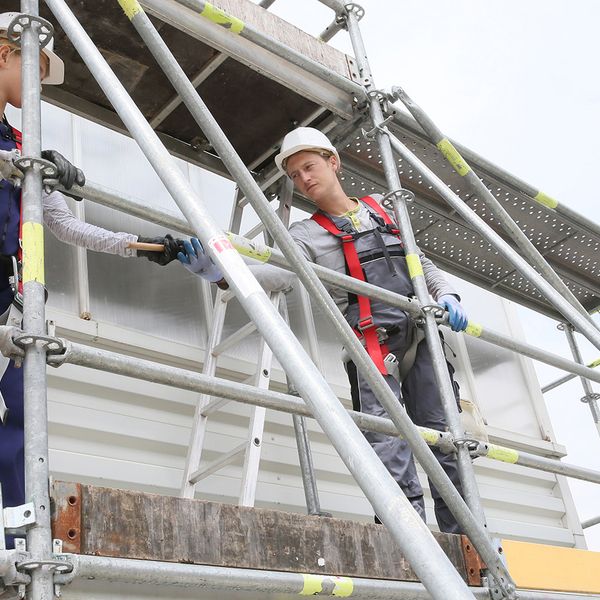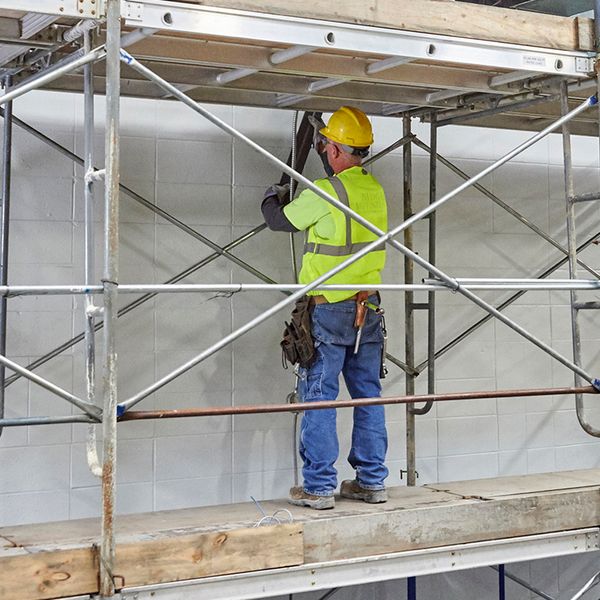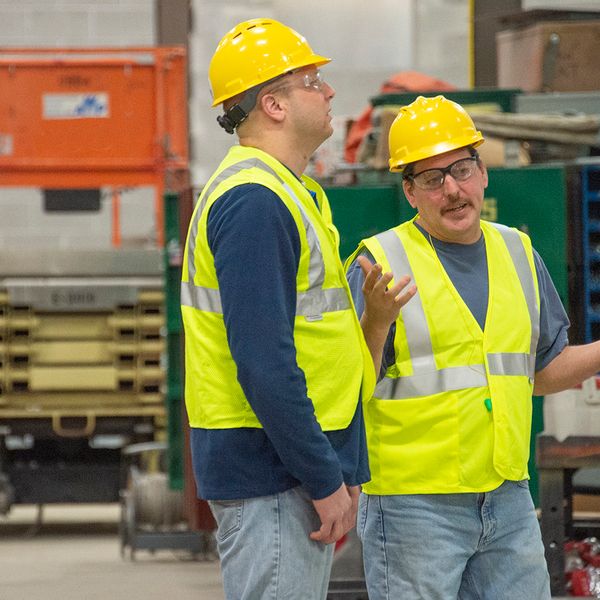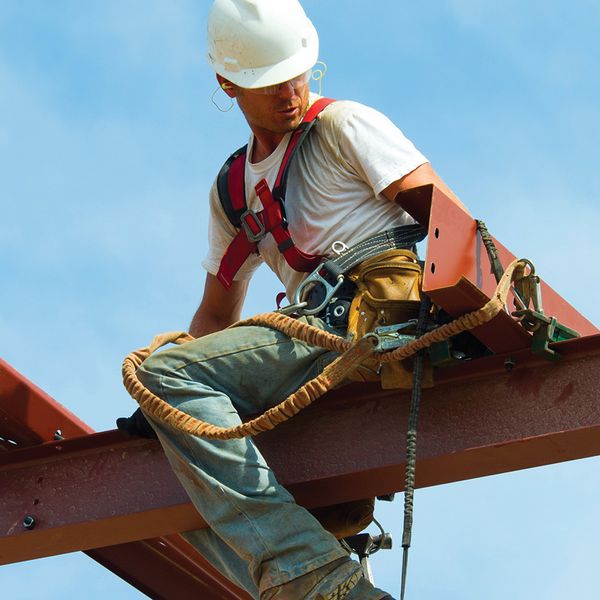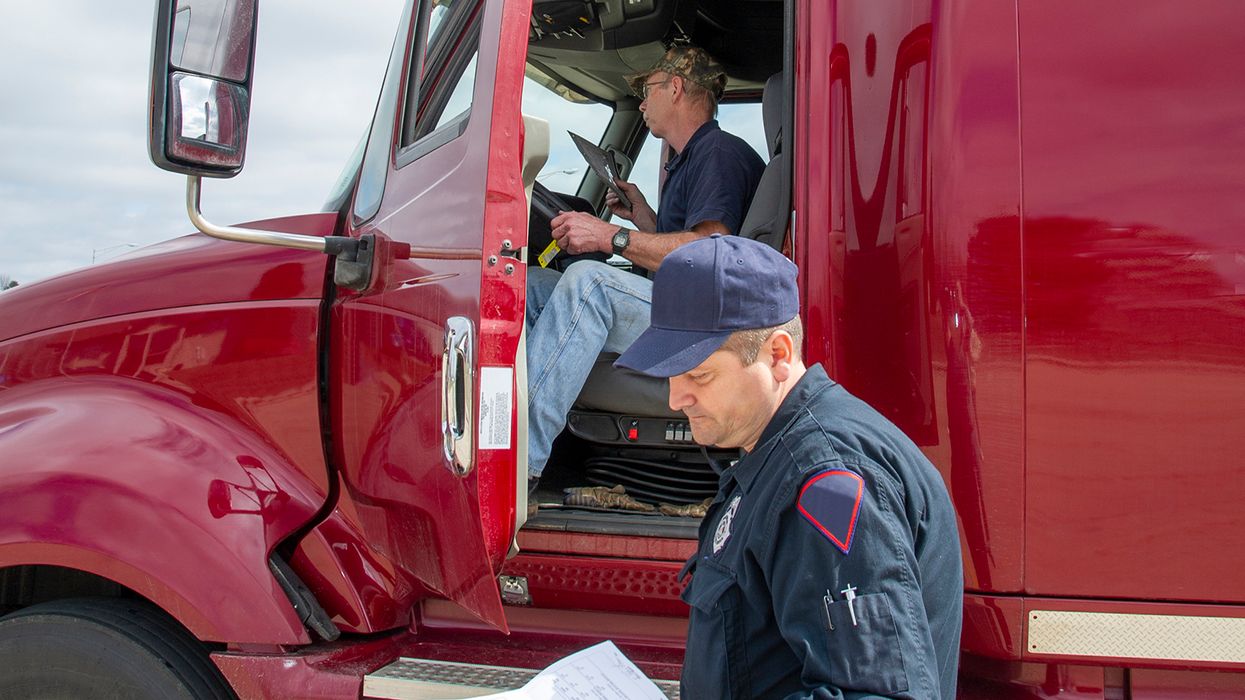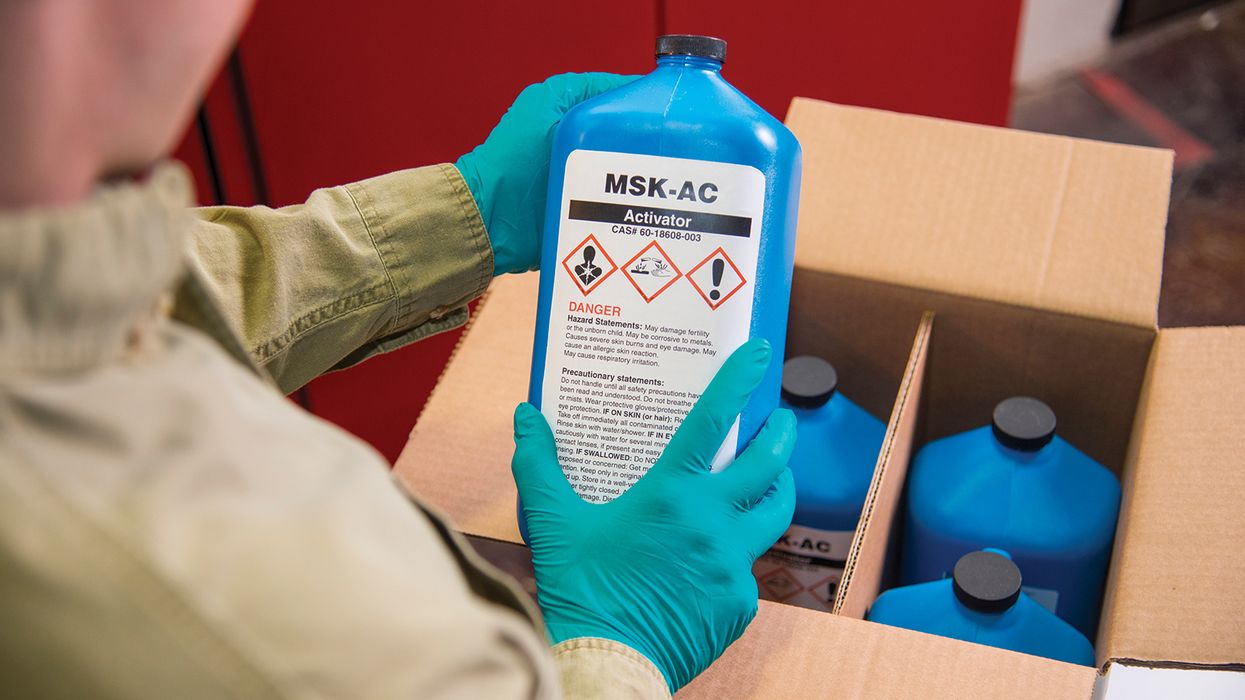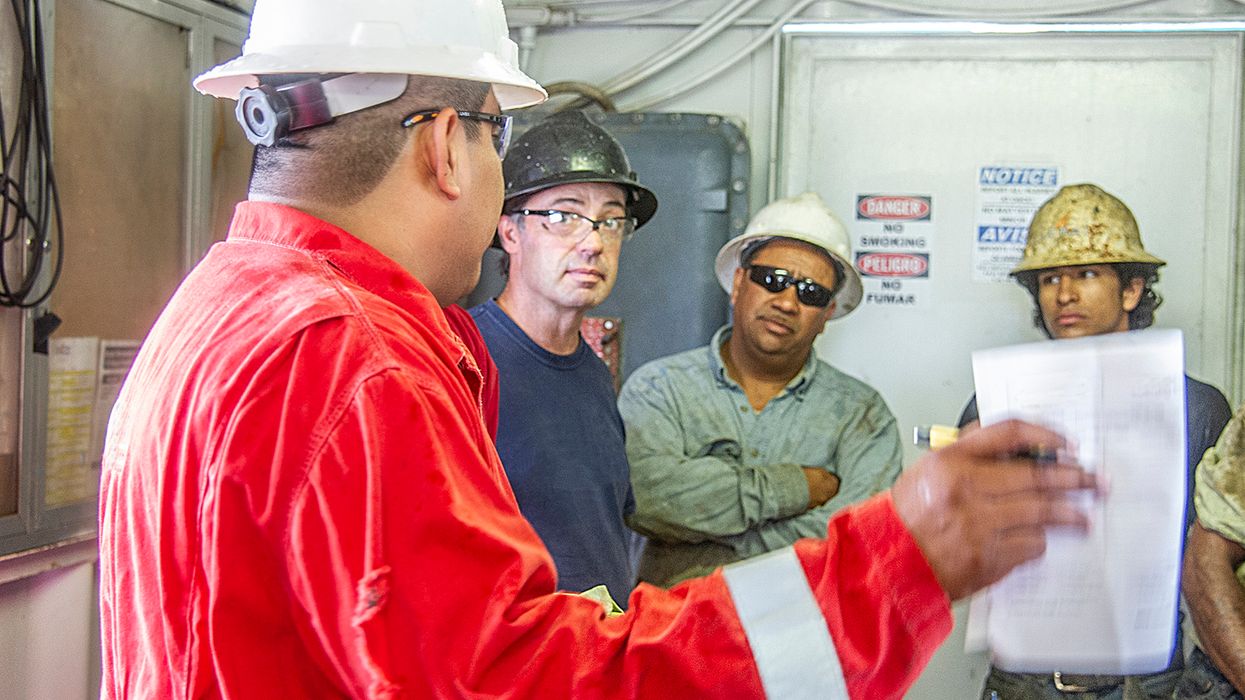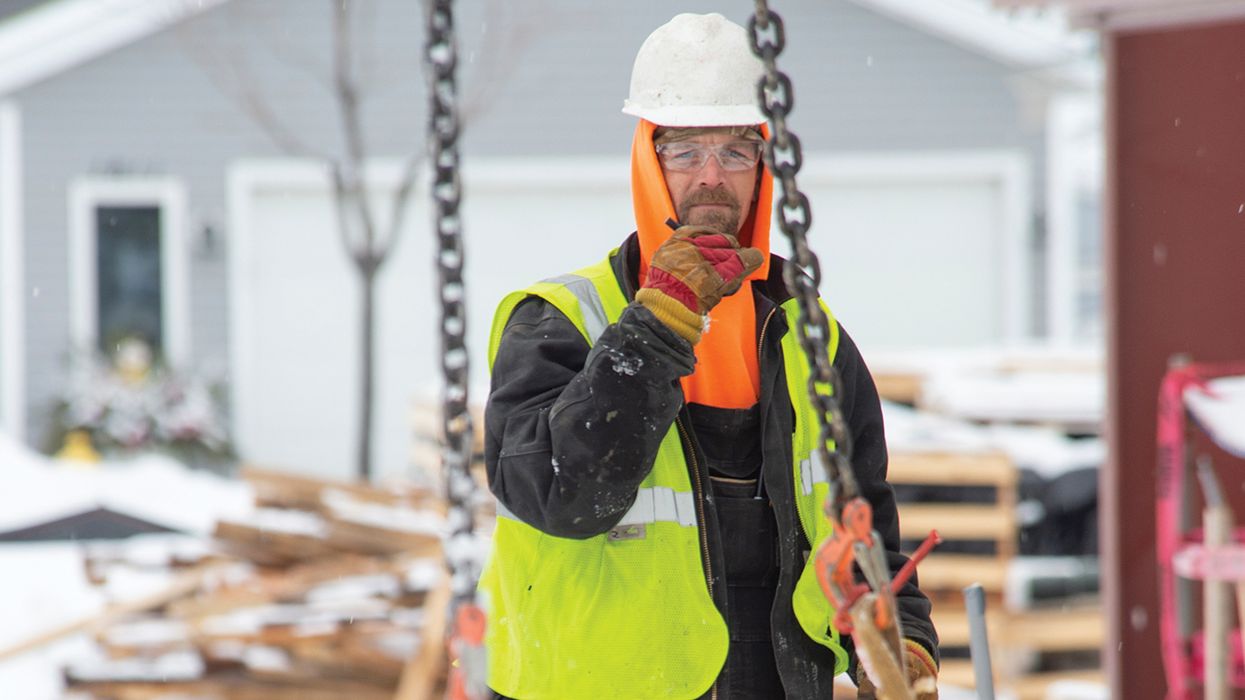Answers to your top ten scaffolding questions
Did you know that an average of around 50 workers die every year due to falls from scaffolding? Thousands more are seriously injured. Is your team safe? Don’t wait to find out. Make sure your scaffolding work meets the minimum requirements for safety and compliance. The answers to the questions within this article could mean the difference between life and death.
1. How often must scaffolding be inspected?
In 1926.451(f)(3), OSHA requires that a competent person inspect the scaffold and scaffold components for visible defects before each work shift and after any occurrence that could affect the structural integrity.
2. Who is a competent person in regard to scaffolding?
OSHA defines a competent person as someone capable of identifying existing and predictable hazards in the surroundings or working conditions that are unsanitary, hazardous, or dangerous to employees and who has authorization to take prompt corrective measures to eliminate them.
3. How often do scaffolds and scaffold components need to be inspected?
Have a competent person inspect scaffolds and scaffold components for visible defects before each work shift and after any occurrence which could affect a scaffold’s structural integrity.
4. What are the capacity requirements for all scaffolds?
According to 1926.451, each scaffold and scaffold component must support without failure its own weight and at least four times the maximum intended load applied or transmitted to it.
OSHA also states that a qualified person must design the scaffolds, which are loaded in accordance with that design, and that scaffolds and scaffold components must not be loaded in excess of their maximum intended loads or rated capacities, whichever is less.
5. How long can we store materials on a scaffold?
The short answer: One shift. One of the requirements in 1926 Subpart H - Materials Handling, Storage, Use, and Disposal, is 1926.250(b)(5), which states:
“Materials shall not be stored on scaffolds or runways in excess of supplies needed for immediate operations.”
Storing materials, such as masonry units on scaffolds several days in advance of work activities, as well as storing materials on scaffolds overnight in preparation for the next day, is prohibited.
For purposes of 1926.250(b)(5), “immediate operations” means work that will be done in the shift.
Also, note that some provisions in the actual scaffold standard would be difficult to meet if materials other than those needed for one shift are stored on a scaffold.
6. What are the requirements for scaffold planking?
Scaffold planking must be able to support, without failure, its own weight and at least four times the intended load. Solid sawn wood, fabricated planks, and fabricated platforms may be used as scaffold planks following the recommendations by the manufacturer or a lumber grading association or inspection agency.
Tables showing maximum permissible spans, rated load capacity, and nominal thickness are in Appendix A(1)(b) & (c) of 1926.451(a)(1).
7. Are guardrails required on all open sides of scaffolding?
OSHA’s scaffolding standard at 1926.451(g)(1) requires employers to protect each employee on a scaffold more than 10 feet (3.1 m) above a lower level from falling to that lower level.
Per 1926.451(g)(4)(i), to ensure adequate protection, install guardrails along all open sides and ends before releasing the scaffold for use by employees other than the erection and dismantling crews.
Guardrails are not required, however:
- When the front end of all platforms is less than 14 inches (36 cm) from the face of the work, per 1926.451(b)(3);
- When outrigger scaffolds are 3 inches (8 cm) or less from the front edge, per 1926.451(b)(3)(i); or
- When employees are plastering and lathing 18 inches (46 cm) or less from the front edge, per 1926.451(b)(3)(ii).
8. Is a scissor lift considered a type of scaffold?
Yes, a scissor lift is a “mobile scaffold” for which the platform only moves vertically. Employers need to evaluate and implement effective controls that address fall protection, stabilization, and positioning when using scissor lifts. Only trained workers are allowed to use scissor lifts.
9. What are the fall protection requirements when working from a scaffold?
Employers must provide fall protection for each employee on a scaffold more than 10 feet above a lower level. A competent person must determine the feasibility and safety of providing fall protection for employees erecting or dismantling supported scaffolds. Fall protection includes guardrail systems and personal fall arrest systems.
The specific type of fall protection required when working from a scaffold depends on the type of scaffold and the height above the lower level. It is important to refer to the relevant regulations and guidelines for detailed information.
10. How often does OSHA require general scaffolding training?
If the operation is a construction operation, then the training requirements are at 1926.454. Assuming that the employees are already trained, retraining requirements are in 1926.454(c) and state:
"When the employer has reason to believe that an employee lacks the skill or understanding needed for safe work involving the erection, use or dismantling of scaffolds, the employer shall retrain each such employee so that the requisite proficiency is regained. Retraining is required in at least the following situations:
- Where changes at the worksite present a hazard about which an employee has not been previously trained; or
- Where changes in the types of scaffolds, fall protection, falling object protection, or other equipment present a hazard about which an employee has not been previously trained; or
- Where inadequacies in an affected employee's work involving scaffolds indicate that the employee has not retained the requisite proficiency."
Key to remember: Scaffolding work can be dangerous. Make sure you train your workers and meet the minimum safety and compliance requirements to prevent serious incidents from occurring at your workplace.

